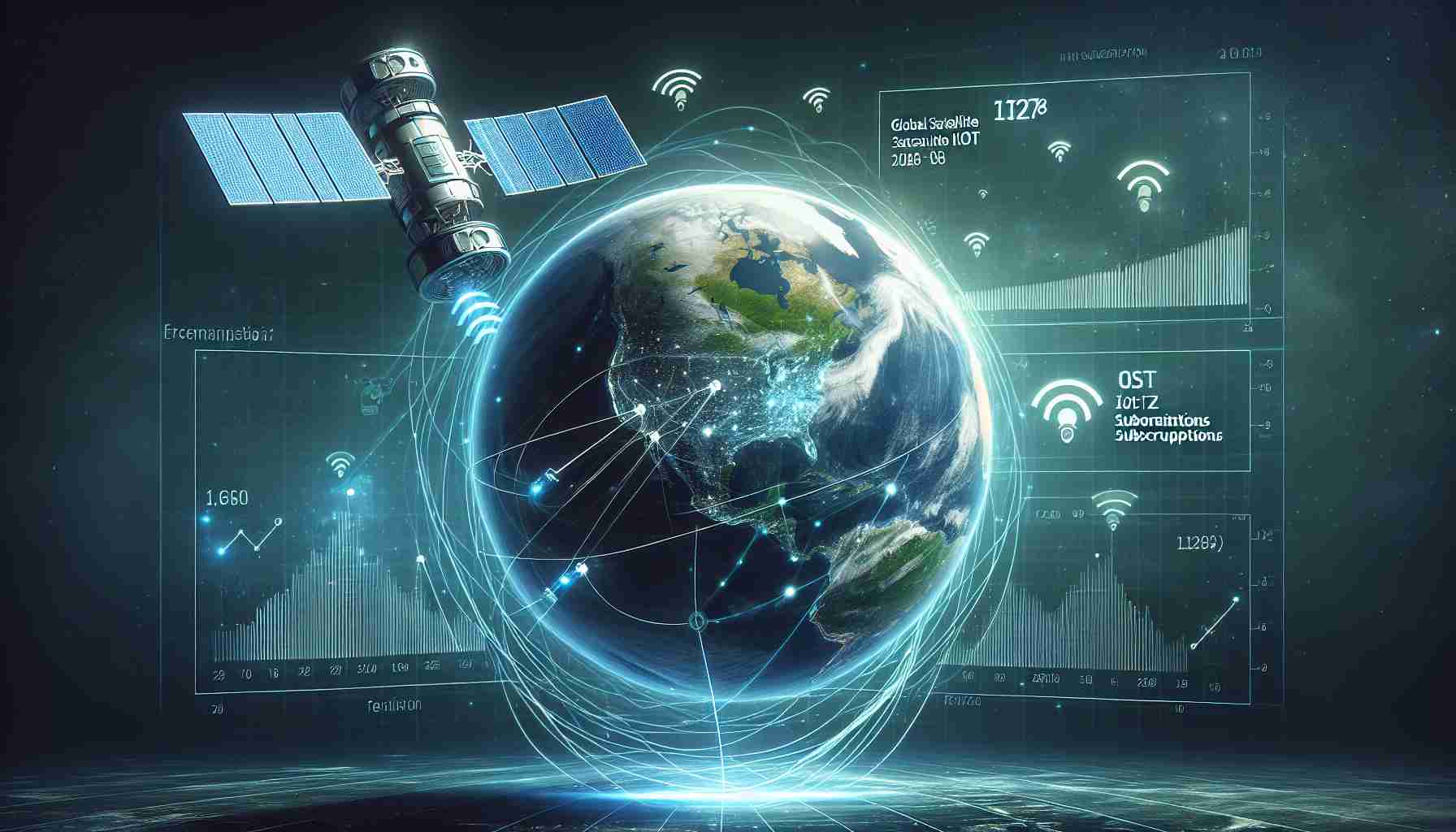
The satellite Internet of Things (IoT) sector is expected to experience significant growth in the coming years. Industry analysts predict that the number of global subscribers for satellite IoT services will skyrocket to an impressive 26.7 million by 2028. This dramatic rise indicates an increased reliance on satellite technology for connecting devices across diverse landscapes.
This trend is largely driven by the growing demand for seamless connectivity in remote and rural areas, where traditional internet infrastructure is either limited or non-existent. As businesses and governments seek to harness the benefits of real-time data collection and monitoring, satellite IoT serves as a reliable solution. Sectors such as agriculture, transportation, and environmental monitoring are poised to benefit significantly from this technology.
https://youtube.com/watch?v=LosJV9M4UHs
Moreover, innovations in satellite technology are making IoT solutions more accessible and affordable. Improved satellite constellations and miniaturized communication devices are facilitating broader coverage and enhancing service efficiency. As a result, companies are increasingly integrating satellite IoT into their operations, contributing to both operational effectiveness and increased safety.
The future of satellite IoT appears promising, with experts forecasting sustained growth and innovation in the field. As global industries continue to adapt to the digital landscape, the role of satellite communication in IoT applications will undoubtedly expand, transforming how we interact with our environment and each other.
Global Satellite IoT Subscriptions Projected to Surge by 2028: A Comprehensive Overview
The satellite Internet of Things (IoT) landscape is undergoing a transformative phase, with forecasts suggesting a substantial increase in global subscribers. By 2028, it is estimated that satellite IoT services will reach approximately 26.7 million subscribers. This surge represents not only technological advancements but also shifts in various industry dynamics that are becoming crucial in our connected world.
What are the driving forces behind this growth?
Among the primary factors are the proliferation of IoT devices and the increasing need for real-time data in sectors such as agriculture, precision farming, logistics, and environmental conservation. Satellite IoT effectively bridges connectivity gaps in remote areas, which traditional terrestrial networks struggle to reach. For instance, according to the International Telecommunication Union (ITU), approximately 3.7 billion people still lack access to the internet, most of whom live in rural regions.
What are the key challenges faced by the satellite IoT sector?
Despite its growth prospects, the sector faces several challenges. These include:
1. High costs: The initial investment required for satellite infrastructure can be substantial, leading to concerns about affordability, especially for small and medium enterprises.
2. Regulatory hurdles: Different countries have varying regulations regarding satellite communication, which can complicate the deployment of global IoT initiatives.
3. Latency issues: Although improvements are being made, latency remains a concern compared to terrestrial networks, particularly for applications requiring instant connectivity.
What advantages does satellite IoT offer?
The benefits of satellite IoT are numerous:
– Global coverage: Unlike traditional networks, satellites can provide coverage in remote or underserved areas.
– Resilience: Satellite networks can maintain operations during natural disasters when terrestrial networks might fail.
– Scalability: With the rapid deployment of nanosatellites and small satellite constellations, businesses can scale their operations effectively without major investments in ground infrastructure.
What are the disadvantages?
On the flip side, there are some downsides:
– Dependence on weather: Satellite signals can be affected by atmospheric conditions, leading to potential service disruptions.
– Risk of congestion: As more users tap into satellite services, there could be congestion issues, impacting performance.
– Complexity of integration: Businesses may face challenges integrating satellite IoT solutions with existing terrestrial systems.
What are important emerging trends in satellite IoT?
Several trends are shaping the future of satellite IoT:
– Miniaturization of technology: Advancements in hardware are enabling smaller and more efficient devices, lowering costs and improving deployment capabilities.
– Emerging partnerships: Collaborations between satellite companies and tech innovators are facilitating new solutions tailored for industries like agriculture and climate monitoring.
– Sustainability efforts: Companies are focusing on developing eco-friendlier satellites and systems that reduce space debris and the environmental impacts of launches.
In conclusion, the anticipated growth in global satellite IoT subscriptions showcases its pivotal role in enhancing communication and connectivity across countries and industries. While the benefits are significant, stakeholders must address the inherent challenges to maximize the potential of this technology.
For additional resources, refer to the main domains of industry-renowned organizations:
Intelsat
Spire Global
Satellite Internet
Iridium Communications



